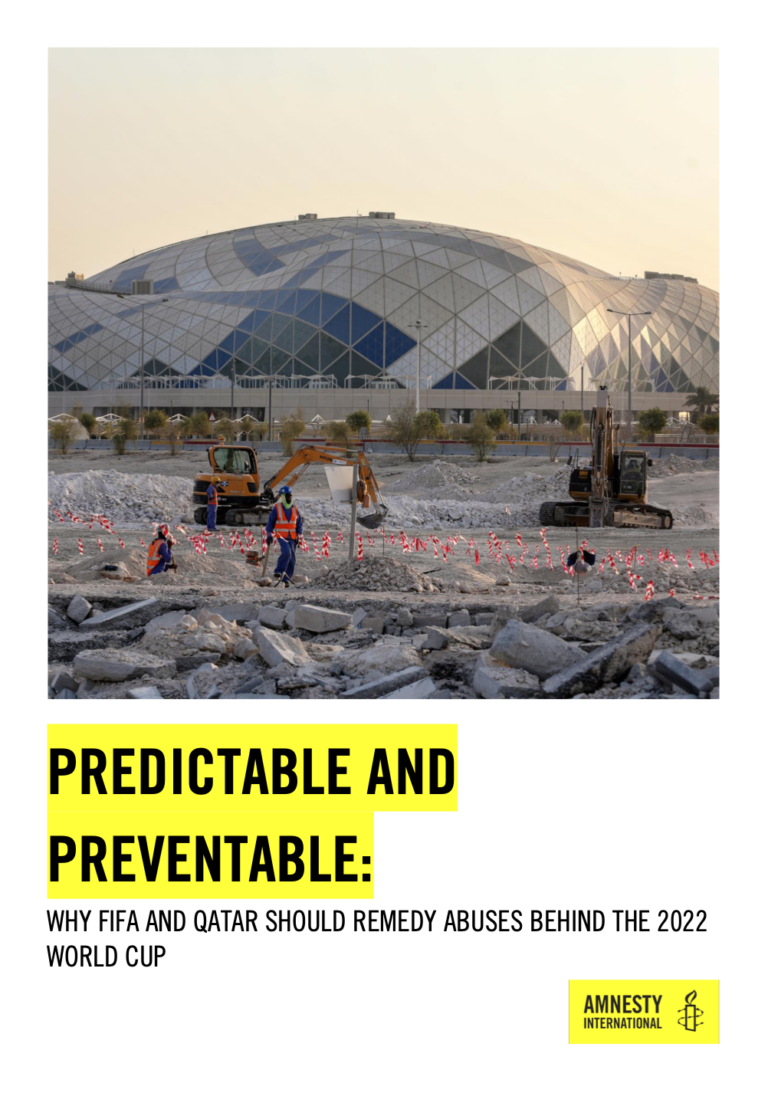What Works for Working Children: Being Effective When Tackling Child Labour
GuidanceThis report describes examples of methods used by Terre des Hommes, their partners around the world and other relevant stakeholders to address child labour successfully. Terre des Hommes reckons the methods described are appropriate for others to re...Read More

